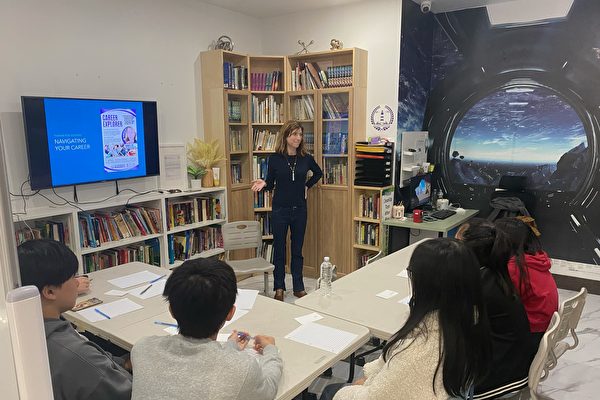As universities continue to release their admissions decisions in March and April, some students with high SAT scores are being rejected by top schools while others with lower scores are gaining acceptance. Vice Principal Lin Hao of the Knowledge Action Education Center pointed out that the application essays and students’ demonstration of their interests and overall qualities are more important than SAT scores.
Lin stated that a student with an SAT score of 1450 was admitted to Princeton, while another with a score of 1350 received a full scholarship from “Boston University.” These instances raise the question of why some students can successfully apply to prestigious universities with mediocre scores while others with high scores are rejected. SAT and GPA only showcase a student’s academic abilities, not their comprehensive skills, leadership, organizational skills, or the ability to market themselves.
He mentioned several reasons why some high-achieving students are unable to secure spots in top universities. One reason is that Chinese parents often prioritize their children’s test scores over nurturing their interests, following the misconception that “everything is inferior to academic excellence.” Another reason is that students may not be preparing in the right direction for university applications – while some engage in numerous extracurricular activities, those activities may not be relevant to their desired fields of study. Admissions officers in the U.S. appreciate specialized talents and favor students who passionately pursue their interests, believing that sustained interest indicates innate talent and that following one’s passion leads to future success.
Lin believes that preparation for college applications should begin in the 9th grade, not in the 11th grade. Although high school spans four years, in reality, students have about three and a half years to prepare (as college applications start in the first semester of the 12th grade). Therefore, every year within this timeframe is crucial, and students must make the most of it.
He advised that in the 9th grade, when children are still exploring, they should participate in clubs related to their interests to discover what they enjoy. By the 10th grade, they should have a direction in mind; in the 11th grade, they need to start preparing intensely, as SATs should be taken during the first half of that year. Students must prioritize maintaining a high GPA and focus on crafting their application essays in the first half of the 12th grade. Each year should not be wasted.
Lin emphasized that volunteering is not about quantity but about aligning it with students’ interests or their intended university majors. Matching volunteer work with a child’s hobbies and interests, such as designing activities for students interested in art, ensures they engage in activities they enjoy, leading to happier students and more relaxed parents. For those interested in law, participating in community activities can help cultivate leadership skills.
Furthermore, Lin highlighted that the choice of AP courses in the 10th grade should also reflect one’s interests and hobbies. AP credits can be transferred as university credits, demonstrating one’s interest and proficiency in a particular field during university applications.
In the college admissions process, a student’s overall GPA accounts for 60%, while the remaining 40% is based on SAT scores, extracurricular activities, volunteer experiences, and consistency in commitments.
Students’ extracurricular activities, interests, volunteer experiences, and overall qualities are presented through application essays, supplemental essays, and common application forms. However, the word limit for application essays is typically restricted to 650 words. Lin noted that excelling within this brief limit is a matter of skill.

